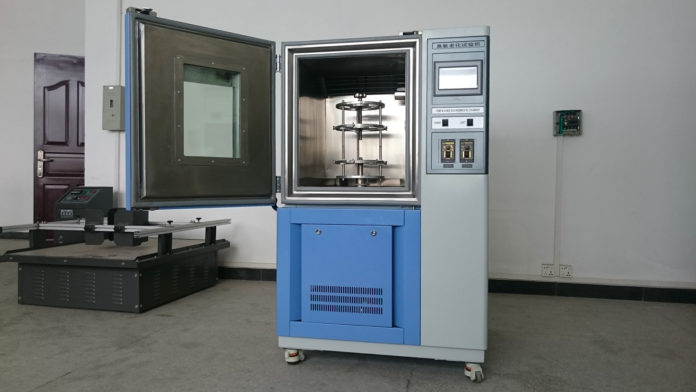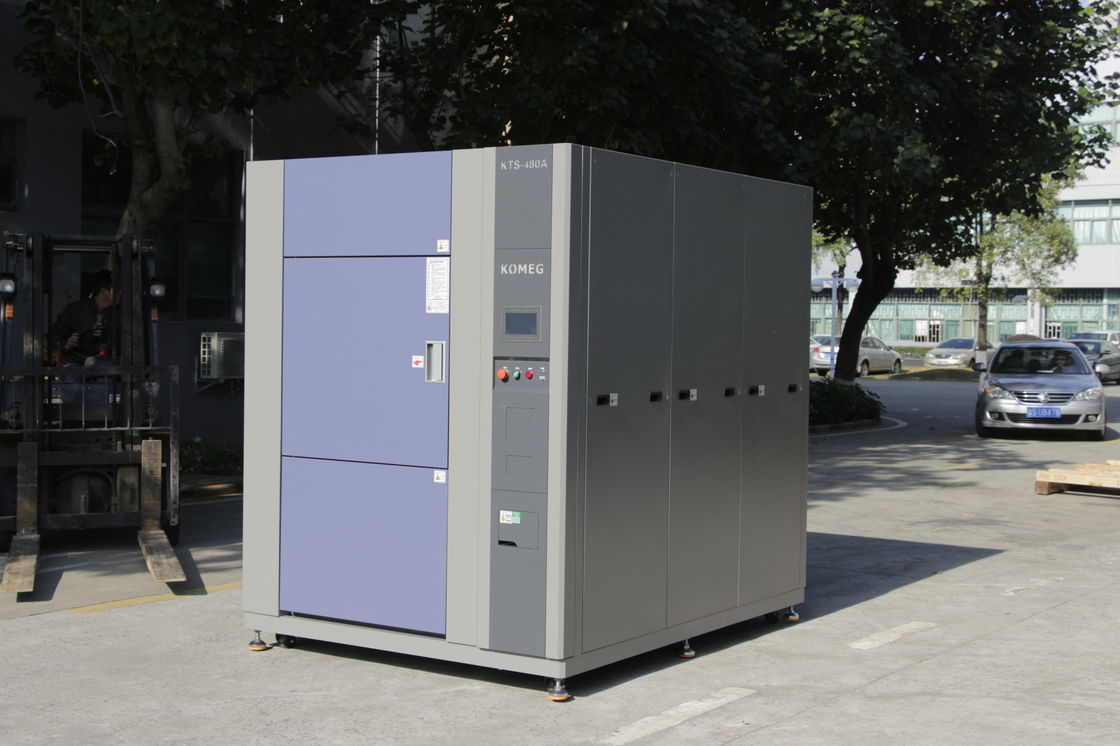
An environmental test chamber is an enclosed space where different environmental conditions like humidity and heat can be controlled. Some of these chambers can even account for corrosion by introducing salt spray into the test chamber. The size of the chambers will largely depend on the product someone want to test. The sizes might vary from a cubic foot to 12.000 cubic feet, which is large enough to fit a truck. In this article, you will be able to learn what are environmental chambers used for, as well as how do they work. Let’s take a closer look:
What is an Environmental Chamber Used for?

The main purpose and function of this chamber are to see how a product handles operating in a wide range of conditions and environments. For example, a vehicle that runs well in a dry climate might stop working in a humid environment. These chambers allow manufacturers to test their products under various, controlled conditions without having to physically go all over the world to test their products. Environmental chambers that are properly calibrated can generate a reliable result that reflects real-world product performance.
So, How do These Chambers Work
The working principle of these chambers is that all conditions can be controlled manually through a wide range of mechanical process. For instance, the temperature is controlled by an electric resistor to either cool or heat the refrigeration unit. To make a corrosive effect of living new the sea, a salt solution is applied through a nozzle into the unit, creating a mist that coats the whole product.

Humidity can be simulated by two methods, either by ultrasound technology or evaporation of water with a heat source. Water vapor is usually implemented into a chamber by a steam generator that heats the water which creates steam. The steam rises to the top, where it is cooled, raising the total humidity level in the environmental chamber. According to the expert team from ugtx.com, this method is quite useful since it can generate humidity in a larger chamber quickly.
Of course, there is no chamber that can stimulate each and every type of condition, however, there are different types that are more or less versatile and are designed to perform specific tests. The particular test that needs to be performed depends on the products, the condition in which it will operate, as well as the standards to which it needs to comply. Besides the chambers mentioned above like the climatic and thermostatic chambers, corrosion and humidity chambers, there are also stress screening test chambers, energy-saving climatic chambers, thermal shock chambers, and new ecological gas for environmental chambers.
Conclusion
In order for the tests to be accurate, manufacturers need to know how to calibrate these chambers. Proper calibration is necessary for getting reliable and consistent results. Different chambers will have different processes, mostly depending on how the environmental chamber works and what industry it will be used in. If you need a chamber that you can use to test your products, do not waste any more time and start searching for one that will fit your company’s needs.














